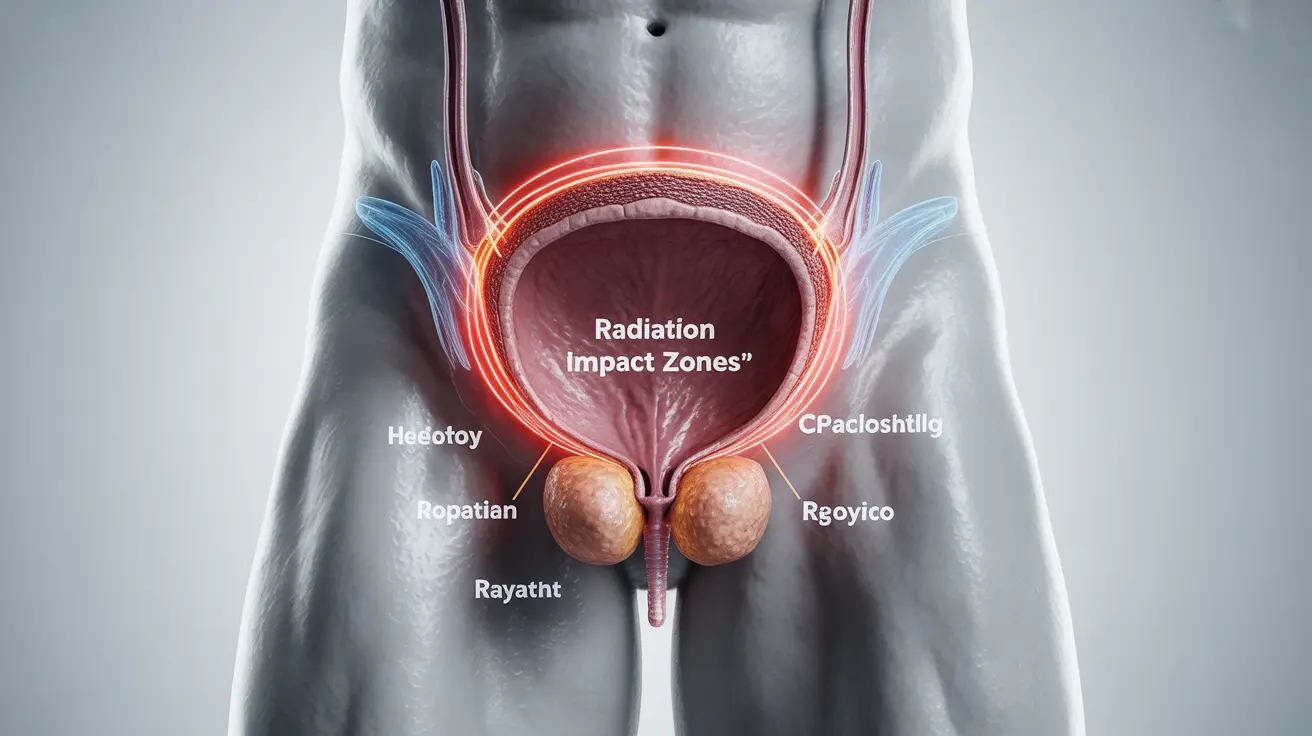Understanding how long prostate radiation side effects last is crucial for patients undergoing this common cancer treatment. While radiation therapy is an effective treatment for prostate cancer, it can cause various side effects that may impact quality of life. This comprehensive guide explores the timeline of these effects and provides valuable insights into their management.
Immediate and Short-Term Side Effects
The initial side effects of prostate radiation therapy typically develop within the first few weeks of treatment and may persist for several weeks after completion. Common short-term effects include:
- Urinary frequency and urgency
- Mild bladder irritation
- Fatigue
- Skin reactions in the treatment area
- Bowel changes or irritation
These acute side effects generally peak around the end of treatment and begin to improve within 4-6 weeks after completion. Most patients find their short-term symptoms resolve within 1-2 months post-treatment.
Long-Term Side Effects and Their Duration
Some patients may experience longer-lasting effects from radiation therapy. Understanding these potential long-term impacts is essential for proper preparation and management:
Urinary Function Changes
Long-term urinary symptoms can persist for several months to years after treatment. These may include:
- Increased urinary frequency
- Weakened urinary stream
- Occasional urgency issues
Most patients see gradual improvement over 6-12 months, though some may experience mild residual effects.
Sexual Function Impact
Changes in sexual function may develop gradually and can include:
- Erectile dysfunction (ED)
- Reduced sexual desire
- Changes in ejaculation
These effects can last several months to years, with some patients requiring ongoing management strategies. Modern treatment techniques have helped reduce the severity of these impacts.
Bowel Function Changes
Bowel-related side effects typically improve within 3-12 months after treatment, though some patients may experience:
- Occasional rectal bleeding
- Changes in bowel habits
- Mild rectal inflammation
Modern Treatment Approaches and Risk Reduction
Advanced radiation technologies have significantly improved the precision of treatment delivery, helping to minimize side effects. These innovations include:
- Image-guided radiation therapy (IGRT)
- Intensity-modulated radiation therapy (IMRT)
- Proton beam therapy
These technologies allow for more targeted treatment, reducing radiation exposure to surrounding healthy tissues and potentially decreasing the duration and severity of side effects.
Frequently Asked Questions
How long do side effects from prostate radiation therapy typically last?
Most acute side effects resolve within 1-2 months after treatment completion. However, some effects may persist longer, with gradual improvement over 6-12 months. A small percentage of patients may experience longer-term effects requiring ongoing management.
What are the most common short-term and long-term side effects of prostate radiation treatment?
Common short-term effects include urinary frequency, fatigue, and mild bowel changes. Long-term effects may include erectile dysfunction, occasional urinary issues, and less commonly, persistent bowel changes. The severity and duration vary among individuals.
How can I manage urinary and bowel issues caused by prostate radiation therapy?
Management strategies include maintaining proper hydration, following dietary modifications, performing pelvic floor exercises, and taking prescribed medications when necessary. Working closely with your healthcare team can help develop an effective management plan.
What are the risks of developing secondary cancers after undergoing prostate radiation therapy?
The risk of developing secondary cancers after prostate radiation therapy is relatively low, typically less than 1-2%. Modern radiation techniques have further reduced this risk by limiting radiation exposure to surrounding tissues.
How can modern radiation technologies reduce the risk of long-term side effects in prostate cancer treatment?
Advanced technologies like IMRT and IGRT provide more precise radiation delivery, better protecting healthy tissues. These improvements have led to reduced side effect severity and duration while maintaining treatment effectiveness.




